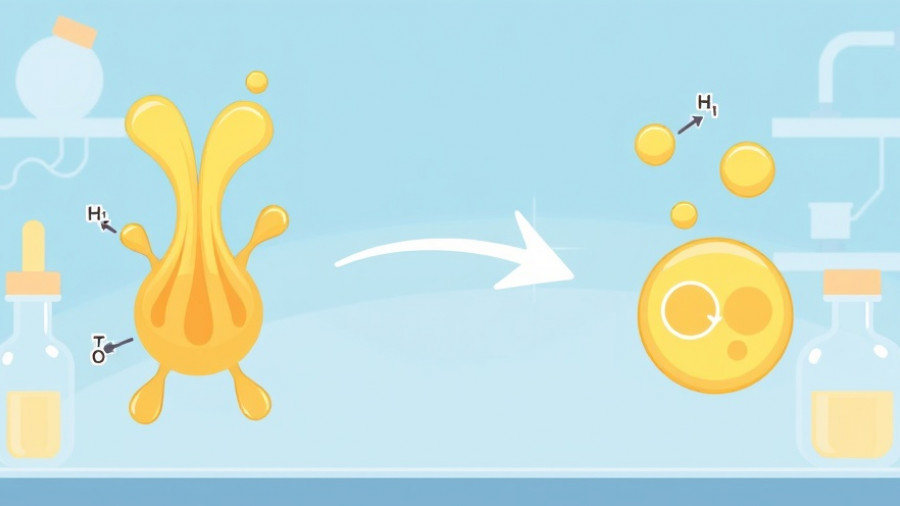
Introduction to a Sustainable Solution
As consumers, we relish the convenience and innovation brought by electronic devices, but have you ever paused to ponder where these gadgets come from and what happens when they're no longer usable? The reliance on rare earth metals for electronics has become a significant concern, and recent research from Osaka Metropolitan University highlights a potential breakthrough: sulfated yeast. This novel method not only aims to recover valuable metals but also seeks to mitigate the environmental impacts associated with traditional recovery methods.
The Challenge of Metal Recovery
The world’s increasing digital footprint is creating a pressing demand for rare earth metals, essential for everything from smartphones to renewable energy sources. Unfortunately, the supply is dwindling, and current recycling methods often lack efficiency and environmental friendliness. The solution might indeed lie in our kitchens—specifically, in the simple baker's yeast. Researchers have developed a specialized type of yeast known as S-yeast, which has shown remarkable capability in adsorbing various metals.
Unpacking the Science of S-Yeast
Professor Masayuki Azuma and his team have embarked on a quest to harness the properties of sulfated yeast to tackle metal pollution and resource scarcity. The S-yeast was designed to absorb heavy metals like copper, zinc, and cadmium, demonstrating an impressive adsorption capacity that surpasses existing methods. In their research published in Environmental Research, they revealed that S-yeast can absorb copper approximately 2.3 times more effectively than a previously modified yeast, paving the way for a feasible and eco-friendly alternative to metal recovery.
The Environmental Impact
One of the most significant advantages of this innovative approach is its sustainability. Traditional metal recovery processes can be harmful to the environment, often involving harsh chemicals that contribute to pollution. In contrast, the usage of S-yeast not only supports recycling efforts but also offers a renewable resource for recovering metals that would otherwise contribute to electronic waste. By allowing for the reuse of metals, we can significantly reduce our environmental footprint and promote a circular economy.
Future Potential and Applications
The potential applications for S-yeast are remarkable. While the research primarily focuses on metals like copper, the team has also shown promising results in adsorbing rare earth elements. This adaptability suggests that S-yeast could revolutionize how we recycle electronic waste, turning what was once discarded into valuable resources. Plans for scaling up the production and real-world testing of S-yeast are already in motion, indicating not only hope for future technologies but also highlighting the necessity of sustainable practices in our rapidly evolving tech landscape.
Final Thoughts
As we move forward in a world heavily dependent on electronics, breakthroughs like the development of sulfated yeast remind us of the innovative solutions that can arise from nature. The journey of S-yeast may very well mark the beginning of a more sustainable future in tech, blending science, and conservation in ways that benefit both the environment and the economy.
 Add Row
Add Row  Add
Add 




Write A Comment